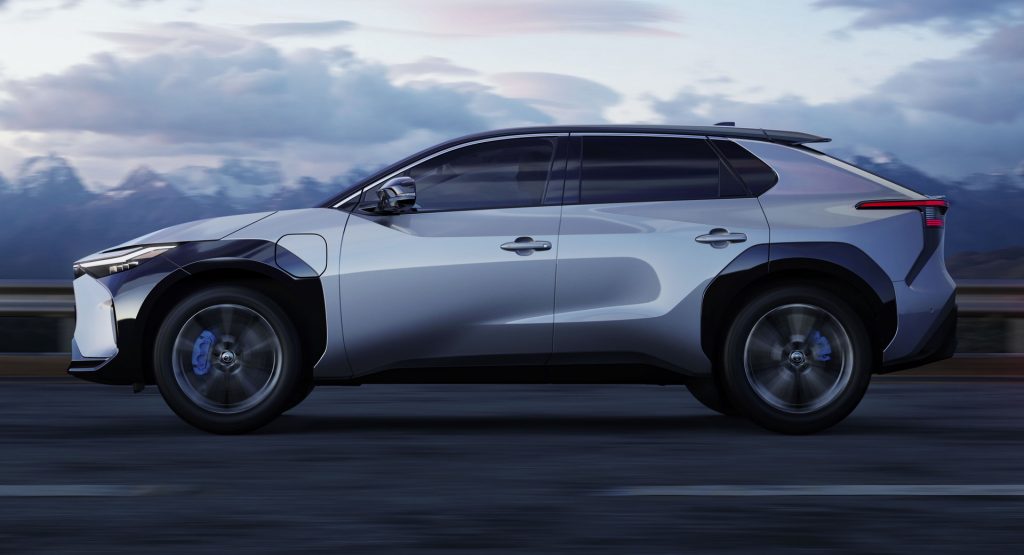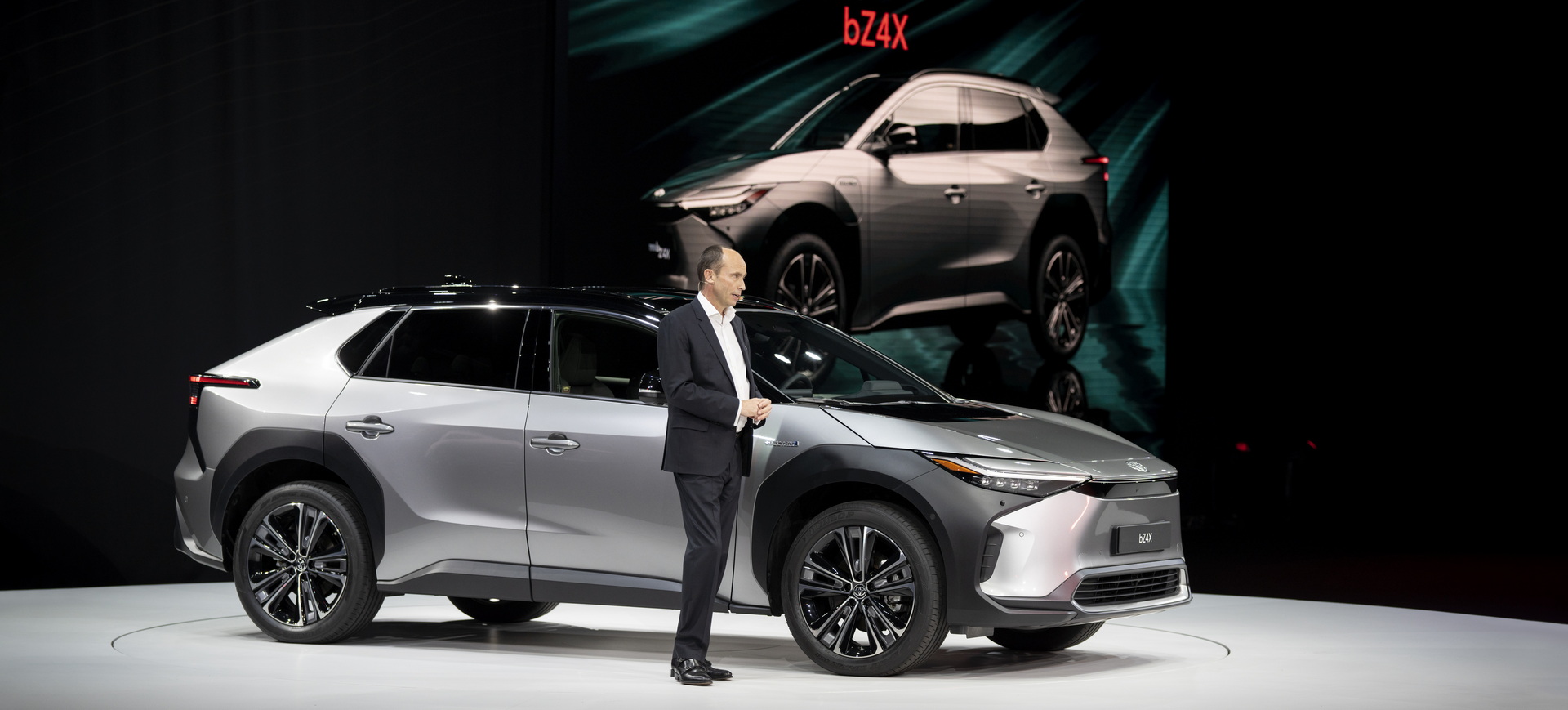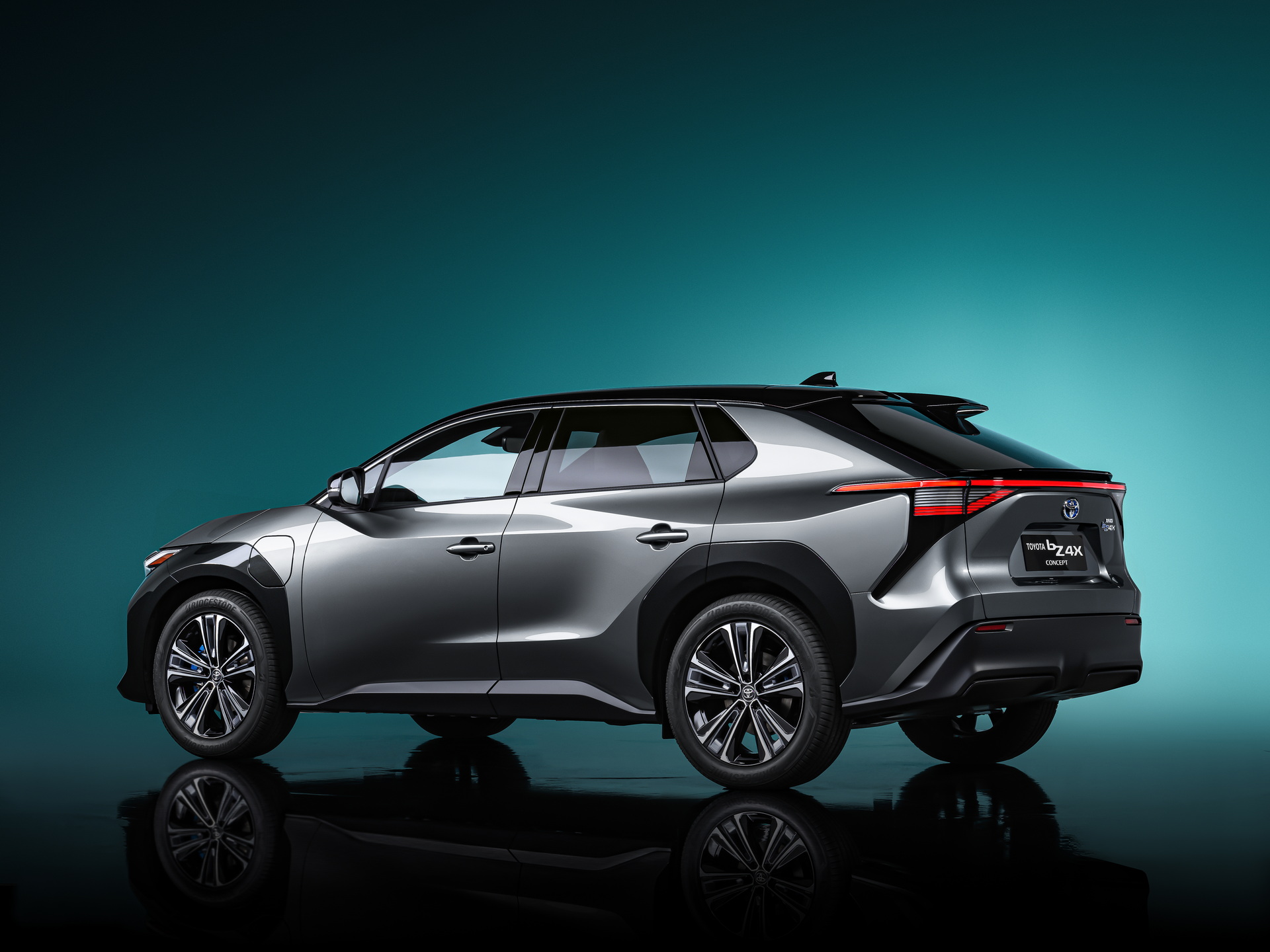Toyota unveiled its greenification plan for western Europe at its Kenshiki event this week. There, the automaker outlined its plan for reducing CO2 emissions by 100% in the region by 2035.
The automaker, accused of being among the most resistant to electrification, says that its plan for decarbonization involved a variety of zero-emission vehicles (ZEV), rather than just EVs.
It will therefore roll out an increasing number of ZEVs over the coming years, including the recently unveiled bZ4X. That means not just electric vehicles, but hydrogen-powered vehicles, as well.
Read Also: Nissan To Launch 23 Electrified Models By 2030, Unveils Four All-Electric Concepts
“The way to reduce the most net carbon emissions globally is to use every item in our toolbox, including Hybrid Electric, Plug-in Hybrid Electric, Battery Electric, and Fuel Cell Electric Vehicles,” said Gill Pratt, Toyota Motor Corporation’s chief scientist, “with the proportions of each optimized to make best use of the infrastructure constraints and customer circumstances of every region, and the limited supply and improving performance of batteries.”
By 2030, it anticipates that at least half of all the vehicles it sells in western Europe will be ZEVs.
“Moving beyond 2030, we expect to see further ZEV demand acceleration and Toyota will be ready to achieve 100% CO2 reduction in all new vehicles by 2035 in Western Europe, assuming that sufficient electric charging and hydrogen refueling infrastructures are in place by then, together with the renewable energy capacity increases that will be required,” said Matt Harrison, president and CEO of Toyota Motor Europe.
To be sure, though, part of its strategy involves developing and improving battery technology. That will include new bi-polar NiMh batteries. The first to produce these, Toyota says they are cheaper to produce and rely less on precious metals than standard NiMh batteries.
The automaker also plans to apply techniques learned on these batteries to lithium-ion batteries. It hopes to achieve further efficiencies that will reduce costs by 50 percent without reducing range. It hopes that these advancements will be ready for the road in the second half of the ’20s and will make battery technology more affordable and accessible.
The automaker also confirmed that, following prototype testing last year, its solid-state battery technology is likely to be introduced to buyers in hybrid vehicles first, before wider deployment. It states, though, that the technology will be applied to fully electric vehicles since it promises to extend ranges and shrink charging times.










